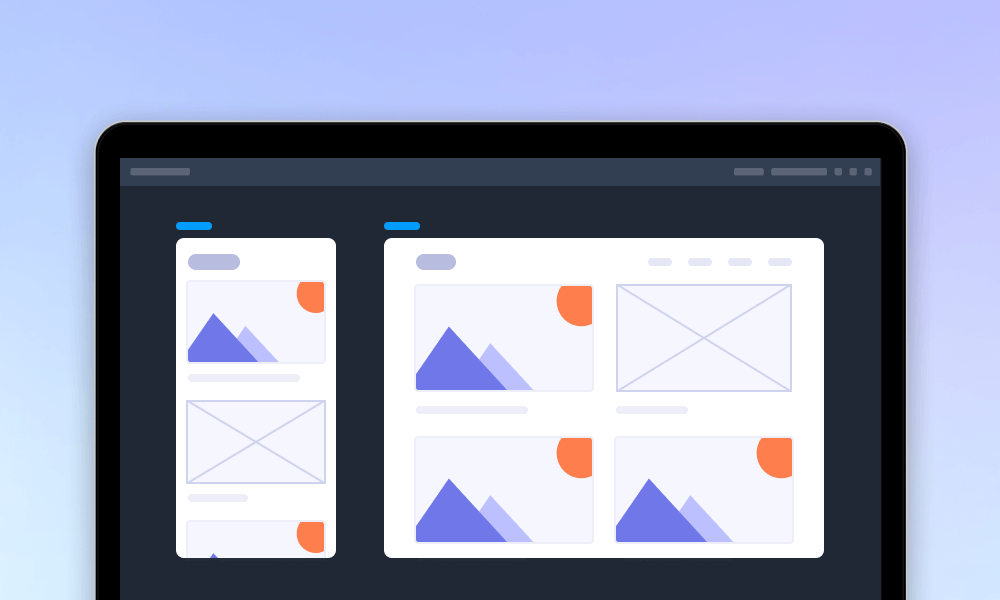Still spending days or even weeks creating web or app flowcharts manually? Wondering if there's a smart AI tool that can speed up your entire UI/UX design workflow? You’re in the right place! Flowcharts are a crucial part of every UI/UX designer's toolkit, helping you visualize user journeys, map out interactions, and communicate ideas clearly.
To save you time and hassle, we've handpicked
20 of the best free AI flowchart makers for 2025. Each tool is carefully chosen to help you design faster and smarter—whether you’re sketching low-fidelity flows or documenting complex user journeys. Ready to streamline your design process? Let's dive in!
What Is an AI Flowchart Maker?
An AI flowchart maker is a smart tool that uses
artificial intelligence to help you create flowcharts faster and with less effort. Instead of drawing every step yourself, these tools can automatically generate and organize flowchart parts based on what you tell them—like a description, a sketch, or some data.
Some tools use AI to give you ideas or help expand your flowcharts, while others handle the whole flowchart creation for you, turning your ideas into a finished flowchart step by step with AI, such as Fluig.
For UI/UX designers, this means less time doing repetitive work and more time improving user flows and design ideas. Whether you’re planning user journeys, system processes, or wireframes, AI flowchart makers make the process quicker and easier.
Why UI/UX esigners Need AI Flowchart Makers
UI/UX designers juggle many tasks—from mapping user journeys to coordinating with developers and stakeholders. AI flowchart makers help by:
Speeding up ideas: Instead of spending hours on diagrams, designers can quickly turn simple text or sketches into flowcharts, freeing up time to focus on refining user experience and interactions.
Making collaboration easier: Clear flowcharts break down complex processes like multi-path onboarding or error handling, helping teams across product, development, and marketing stay aligned.
Boosting iteration speed: When user needs change, AI tools let you update flows quickly by editing plain language descriptions or having the AI regenerate visuals—no need to redraw everything from scratch.
Key Factors to Choose an AI Flowchart Maker
When selecting an AI flowchart maker tailored for UI/UX design, consider:
AI comprehension of UX logic: Does the tool understand UX-specific terms and flows, like sign-up processes, error states, or multi-device navigation?
Customization and styling: Can you easily tweak nodes, add annotations, and color-code by user roles or screens to make the flow clearer?
Export and integration options: Does it support exporting diagrams as SVG, PNG, or interactive links? Can you import flows into prototyping tools like Mockplus or Figma?
Collaboration features: Are real-time co-editing, comments, or version control available for team workflows?
Template availability: Does it offer UX-focused templates for common flows such as onboarding, checkout, or dashboard navigation?
Pricing: Since you’re looking for free options, consider any limitations on features or usage in the free plan and whether paid upgrades are worth it.
These are general factors to consider. When picking a tool for your UI/UX team, make sure to discuss with your teammates and prioritize what matters most to them.
Top 20 free AI Flowchart Makers for UI/UX Design
1.Fluig - a free AI flowchart tool that helps to generate finished flowchart step by step, all with AI, in a flash
Fluig is an AI-native diagramming tool built specifically for creative professionals. It transforms raw content—like notes, documents, or idea description —into editable flowcharts, mind maps, or tables using intelligent AI agents.
For UI/UX designers, this means turning messy ideas into structured flows in seconds, and effortlessly switching between formats as your ideas evolve. Whether you're brainstorming, planning user journeys, or organizing feedback, Fluig helps you move from chaos to clarity with AI.
Key Features:AI-powered flowchart generation and editing via chat interface
Multimodal input (like text, docs, codes, website ulrs, PDF files and more)
Rich outputs, like flowcharts, mind maps, tables, cards, fishbones, articles and more
One-click conversion between different diagram and visual types
Export to images, files, PDFs, and more
Multiple-user team collaboration, even in real-time
Demonstrate your flowchart ideas with a single link or even a live slideshow
Pros:AI-driven generation tailored to UI/UX design
Clean, modern UI
Smart assistant helps with chart customization
Highly flexible outputs and export options
Easy to collaborate and share visuals
Cons:Best For:UI/UX designers, developers, product managers and even more people who want to turn messy content into clear, sharp flowcharts, mind maps and diagrams with minimal effort.
2.Whimsical AI
AI
Chimsical is known for its clean interface and intuitive design tools. With its AI flowchart feature, you can now generate structured user flows from simple prompts. This is a huge time-saver for UI/UX designers who want to quickly explore ideas without getting bogged down by drawing boxes and arrows. Its visual clarity makes it ideal for presenting flows to clients and teams.
Key Features:AI-powered flowchart creation from text prompts
Pre-designed components for flows, wireframes, and sticky notes
Real-time collaboration and commenting
Pros:Minimalist, distraction-free interface
Very fast and easy to use
Smooth team collaboration
Cons:Best For: Designers who prioritize speed, simplicity, and clean presentation
3.Lucidchart AI
Lucidchart has long been a go-to diagramming tool for UX teams. With Lucid AI now integrated, designers can quickly generate diagrams, auto-format flows, and receive smart suggestions as they design. It's especially useful when mapping out complex systems or aligning cross-functional teams on user journeys, architecture, or logic flows.
Key Features:AI-assisted diagram suggestions and layout automation
Smart templates for user flows, site maps, etc.
Seamless integration with tools like Figma, Jira, and Google Drive
Pros:Scales well for enterprise use
Strong collaboration and version control
Extensive library of UX templates
Cons:Best For:UX teams working on complex, multi-stakeholder projects
4.Miro AI
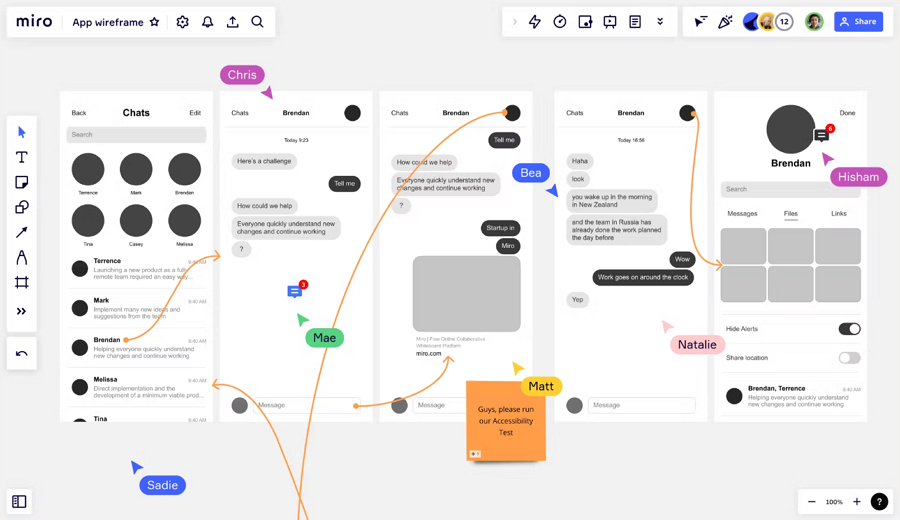 Miro
Miro is a collaborative online whiteboard platform widely used by product and UX teams. With Miro AI, you can generate flowcharts, group ideas, and organize sticky notes automatically. For UI/UX designers, it's perfect for brainstorming sessions, mapping user journeys, and turning scattered ideas into structured flows—all while working with teammates in real time.
Key Features:AI-assisted flowchart creation and layout organization
Smart clustering of sticky notes and user stories
Real-time collaboration with video, comments, and voting
UX templates for user journeys, wireframes, and customer maps
Pros:Excellent for remote design workshops
Intuitive UI with a wide range of templates
Strong integrations with Figma, Slack, Jira, etc.
Cons:Best For:Remote design teams collaborating on early-stage UX planning
5.FigJam AI
If you're already using Figma,
FigJam is a natural extension for creating flowcharts and brainstorming in a collaborative space. With FigJam AI, you can generate user flows and sticky note groupings using simple prompts. It's perfect for turning early ideas into structured flows—right within your existing design environment.
Key Features:AI generation of flowcharts and idea clusters
Rich components like sticky notes, shapes, and connectors
Seamless collaboration with voice, cursor chats, and comments
Deep integration with Figma prototypes
Pros:Works perfectly within the Figma ecosystem
Ideal for early-stage UX and team ideation
Simple and visually clean interface
Cons:Best For:Figma users who want to brainstorm and map flows without leaving their design tool
6.Eraser.io
Eraser.io’s AI flowchart generator transforms plain English text or even code snippets into clear, editable diagrams. Perfect for designers who work closely with developers and want to visualize logic flows or API processes without switching tools.
Key Features:Natural language and code-to-flow conversion
Editable diagrams with drag-and-drop
Export as SVG, PNG, or shareable links
Pros:Cons: Best For:Designers bridging UX and development workflows needing quick logic visualization.
7.FlowGPT.ai
FlowGPT is built entirely around the idea of converting natural language into flowcharts. Just describe your app flow or logic in plain English, and it generates a flowchart instantly. This tool is ideal for UI/UX designers who want to quickly sketch ideas without touching a mouse or manually dragging elements.
Key Features:Full AI-driven flowchart generation from text prompts
Editable nodes and connections after generation
Export to image or PDF formats
Lightweight and browser-based
Pros:Cons:Best For:Solo designers looking for quick concept flowcharts from plain text
8.Xmind
Xmind is widely known for mind mapping, and its new Copilot AI feature now brings smart flowchart generation into the mix. For UI/UX designers, it's a helpful way to go from brainstorming or research notes to structured user flows or feature breakdowns. The visual layouts are clean and easy to customize.
Key Features:AI mind map and flowchart generation from input text
Zen Mode for focused work
Export to PDF, PNG, Markdown
Cross-platform: desktop, web, and mobile
Pros:Visually polished layouts
Great for early-stage idea structuring
Includes both flowcharts and mind maps
Cons:Pricing: Free with basic features; Pro starts at $39.99/year
Best For:Designers who need both mind mapping and flowcharts in a single tool
9.Boardmix
Boardmix is an all-in-one online whiteboard platform with growing AI capabilities. It lets teams brainstorm, sketch flows, and generate diagrams from prompts in one visual workspace. For UI/UX teams, it’s especially helpful for planning out ideas collaboratively with fast visual feedback powered by AI.
Key Features:AI-assisted diagram generation from text
Templates for UX flows, journey maps, and wireframes
Team whiteboard with live collaboration
Diagram export and sharing options
Pros:Designed for cross-functional teams
Easy to get started and onboard teammates
Real-time collaboration and commenting
Cons:Pricing: Free plan available; paid from $6.90/month
Best For:Teams that brainstorm, plan, and design together in real time
10.Edraw Max
Edraw Max has integrated AI capabilities to help automate flowchart creation while maintaining its reputation as a full-featured diagramming platform. It’s perfect for designers needing both AI speed and advanced manual control over detailed UX flows.
Key Features:AI-assisted diagram generation from prompts
Rich UX-specific template library
Flexible styling, export, and integration options
Pros:Cons:Best For:Experienced UX designers who want AI help without sacrificing customization.
11.GitMind
GitMind is a versatile mind-mapping and flowchart tool enhanced with AI that helps UX designers brainstorm, map user flows, and create wireframe blueprints. Its cloud-based platform makes it easy to collaborate and iterate with your team in real time.
Key Features:AI-assisted mind map and flowchart creation
Real-time collaboration and comments
Templates for UX flows and wireframing
Pros:Cons:Best For:UX teams wanting a collaborative platform with AI-powered brainstorming.
12.Zen Flowchart
Zen Flowchart is known for its simplicity and clean design. While AI features are just starting to appear, its easy-to-use interface helps UX designers quickly map user flows and logic with minimal fuss.
Key Features:Intuitive drag-and-drop editor
Basic AI-based suggestions for flow improvements
Simple sharing and export options
Pros:Cons:Best For:Solo UX designers or beginners wanting a no-frills flowchart tool.
13.Flowmapp
Flowmapp is tailored for UX designers focusing on user flows and site maps. Its AI tools help speed up creating user journey maps and task flows, while its collaboration features support team input and feedback.
Key Features:AI-assisted user flow and sitemap creation
Collaboration and commenting tools
UX-specific templates and journey mapping
Pros:Designed specifically for UX workflows
Team collaboration made easy
Visual clarity and structured outputs
Cons:Best For:UX teams wanting focused flow and sitemap tools with collaboration.
14.Diagrams.net
While Diagrams.net itself is a manual diagramming powerhouse, several AI-powered plugins enhance its capabilities by generating suggestions or automating parts of the flowchart creation—giving UX designers extra efficiency without sacrificing flexibility.
Key Features:Plugin-based AI flowchart assistance
Integration with cloud services
Unlimited diagrams and elements
Pros:Cons:Best For:UX pros wanting powerful, customizable AI enhancements on a free platform.
15.FloChartAI
FloChartAI is a lightweight tool that turns prompts or structured text into flowcharts, mind maps, or org charts. It offers simple AI-driven suggestions and editing tools for refining UX processes and logic diagrams.
Key Features:Auto‑suggests next nodes or chart expansions
Supports flowcharts, process maps, org charts, and mind maps
Fast drag-and-drop editing on AI-generated structure
Pros:Light and easy to navigate for quick flow drafting
Smart suggestions speed up ideation
Good export options for images
Cons:Limited custom styling and advanced features
More suited for simple flows, not complex multi-path UX diagrams
Pricing: Mostly free; premium features may be rolled out soon
Best For:Solo designers sketching UX flows quickly in plain text and refining structure post-generation.
Tips for Using AI Flowchart Tools Effectively
1.Craft Clear, UX-Focused Prompts
The quality of AI-generated flowcharts hinges on how well you describe your user journeys or processes. Use precise, action-oriented language with common UX terms:
Instead of “User does stuff,” say “User lands on homepage → clicks ‘Sign Up’ button → chooses email registration.”
Include decision points explicitly, like “If email invalid → show error message → prompt retry.”
Clear prompts help the AI accurately capture complex user logic and edge cases, reducing manual cleanup later.
2.Start with Simple Flows, Then Iterate
Feed your AI tool small chunks of your user flow first—like the onboarding sequence or checkout process. This prevents overwhelming the AI and keeps diagrams manageable. Once the initial sections look good, expand or connect them to build the full flow.
3.Use Color Sticky Notes or Annotations to Enhance Readability
After AI generates the base flowchart, customize it by:
Coloring sticky notes by user roles (e.g., Admin vs. User) or flow type (happy path vs. error handling).
Adding concise annotations or notes to explain design decisions or UI states.
Grouping related steps with borders or containers for clearer segmentation.
This turns raw AI output into a communication-ready UX deliverable.
4.Leverage Templates and Reusable Components
Many AI flowchart tools come with UX-specific templates and common flow components (like login screens, form validation). Use these as starting points to speed up work and ensure consistency across projects.Create your own reusable blocks or prompt templates for frequently designed flows (like payment processes or onboarding). This saves time and helps standardize your design language.
5.Integrate AI Flowcharts with Prototyping Tools
Export your AI-generated flowcharts in editable formats (SVG, PNG, or interactive links) and import them into
free prototyping tools like Mockplus RP. This helps you:
Build clickable prototypes based on the flow logic.
Maintain alignment between your user flows and actual screen designs.
Share interactive versions with stakeholders for feedback.
Create interactive web or app prototypes with Mockplus RP6.Collaborate and Iterate with Your Team
Use tools that support real-time collaboration, commenting, and version control. Share AI flowcharts early with developers, product managers, and fellow designers to get diverse perspectives. Iteration driven by feedback leads to better, more usable flows.
7.Don't Fully Rely on AI—Review and Refine
AI tools are powerful assistants but not perfect. Always review generated flows for accuracy, completeness, and UX best practices. Add missing states, edge cases, or interactions the AI might have overlooked.
Conclusion
AI flowchart makers are changing the game for UI/UX designers. Instead of spending hours manually laying out user flows, designers can now ideate, iterate, and communicate their ideas faster than ever—often with just a few prompts. Whether you're mapping out a complex onboarding journey or aligning with developers on error states, we hope the picked 20 best AI tools would help you work faster and smarter.
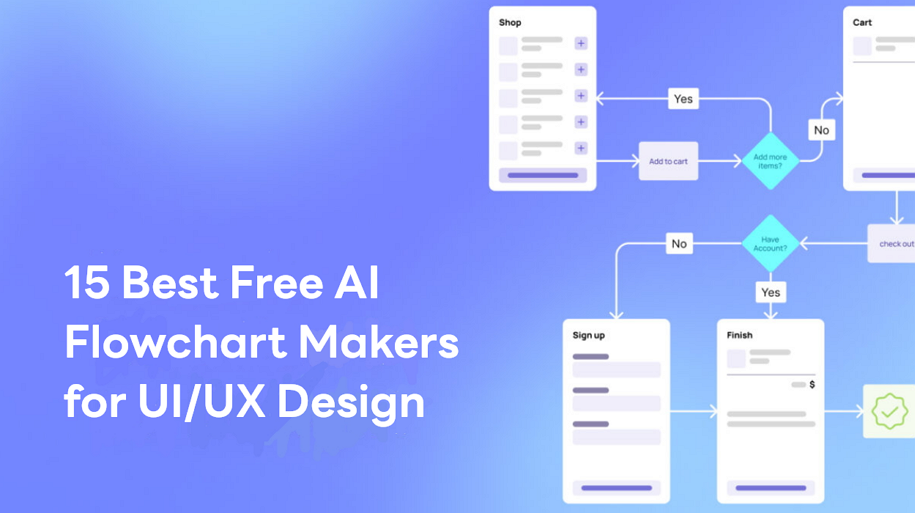
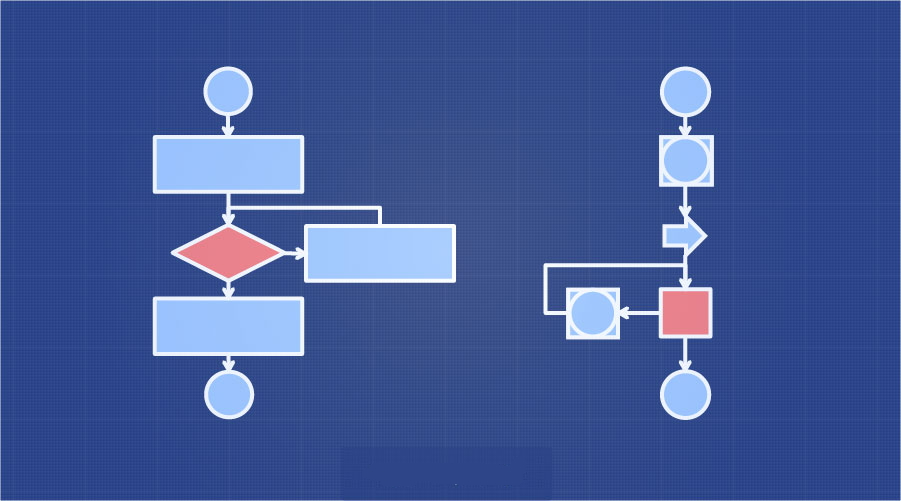
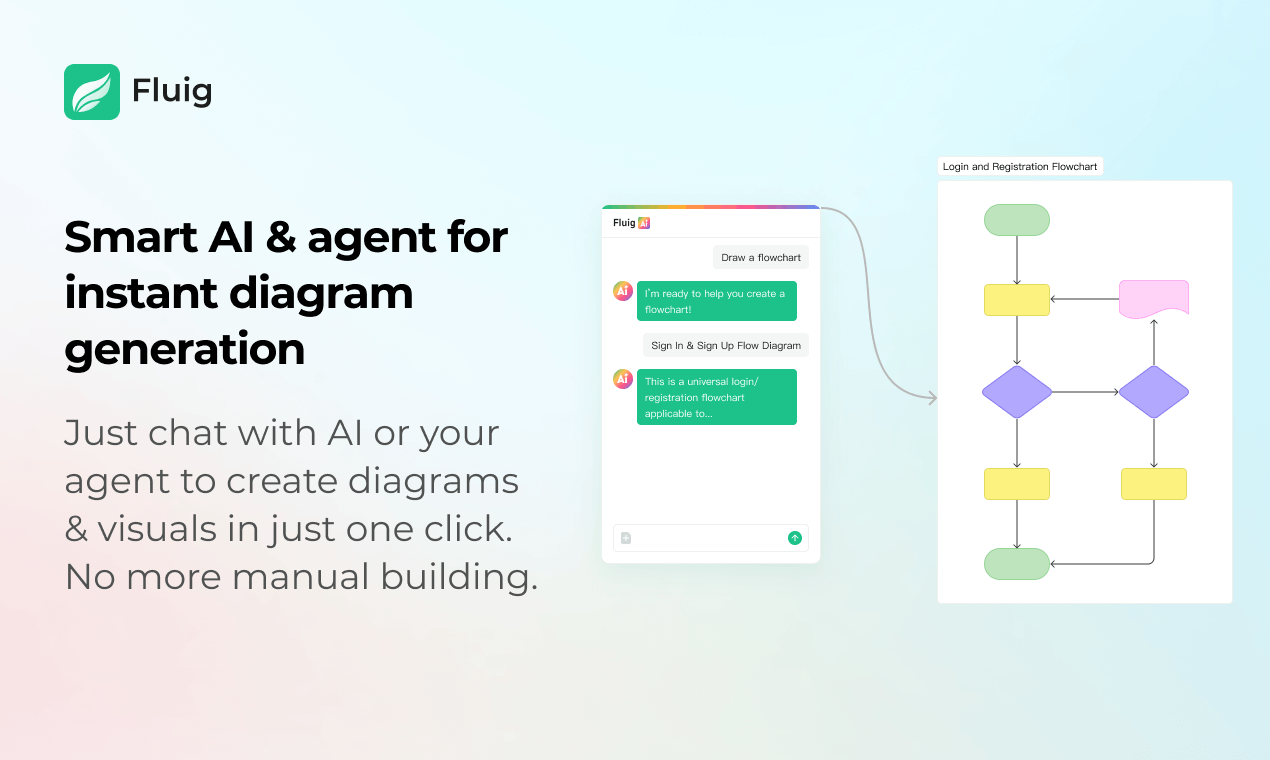
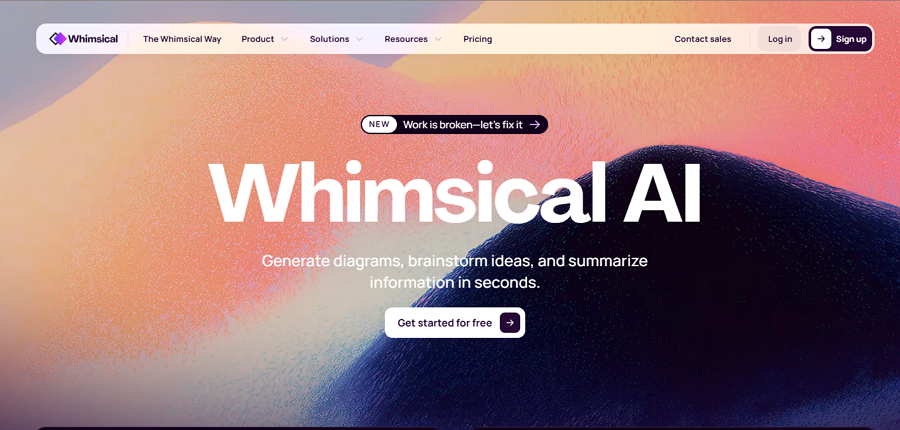
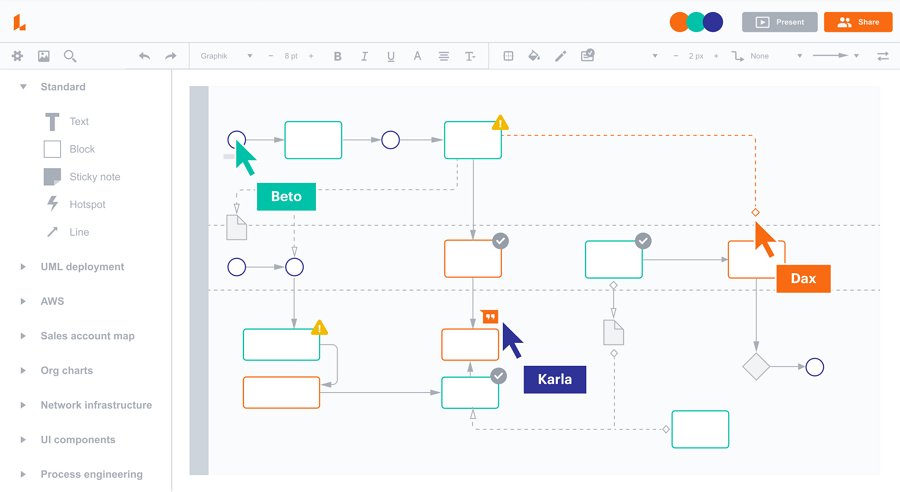
 Miro is a collaborative online whiteboard platform widely used by product and UX teams. With Miro AI, you can generate flowcharts, group ideas, and organize sticky notes automatically. For UI/UX designers, it's perfect for brainstorming sessions, mapping user journeys, and turning scattered ideas into structured flows—all while working with teammates in real time.
Miro is a collaborative online whiteboard platform widely used by product and UX teams. With Miro AI, you can generate flowcharts, group ideas, and organize sticky notes automatically. For UI/UX designers, it's perfect for brainstorming sessions, mapping user journeys, and turning scattered ideas into structured flows—all while working with teammates in real time.
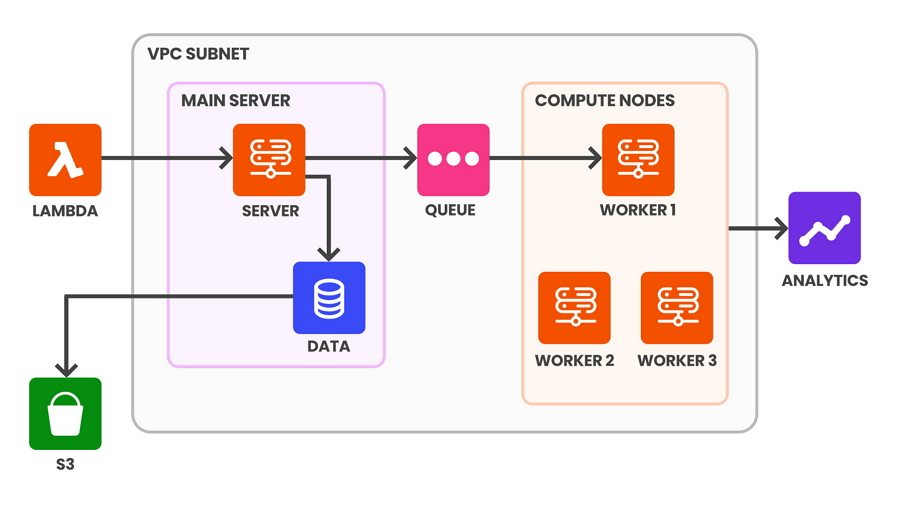
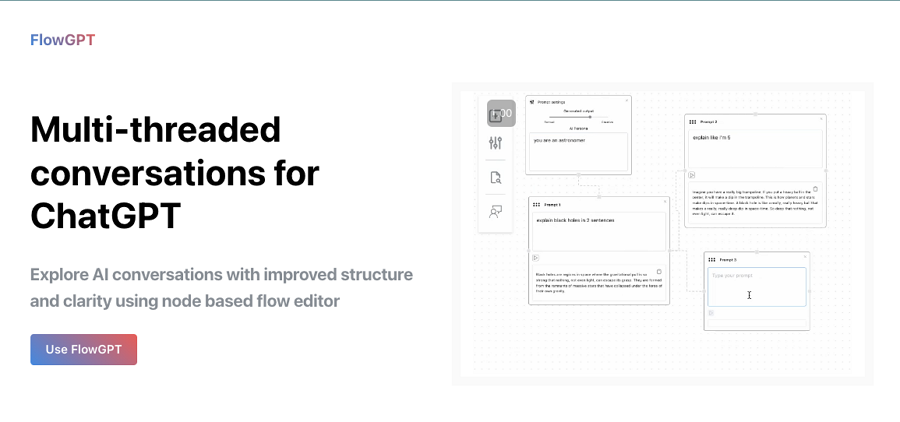

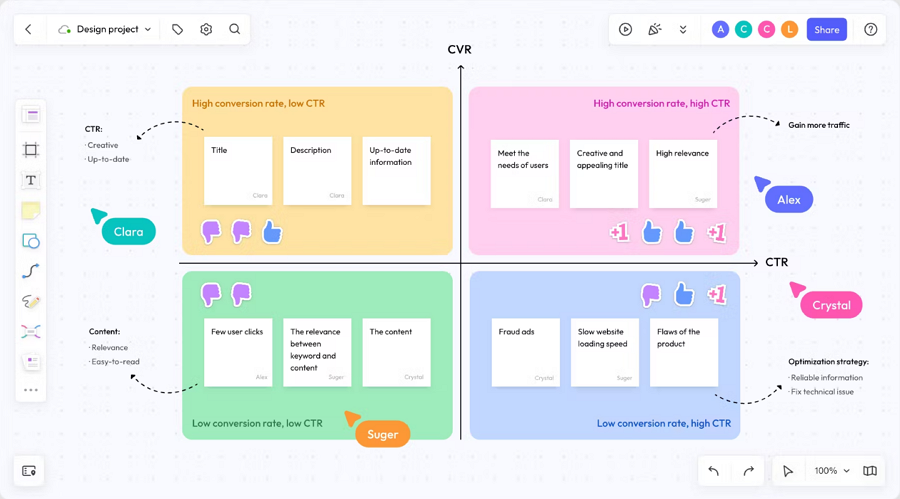
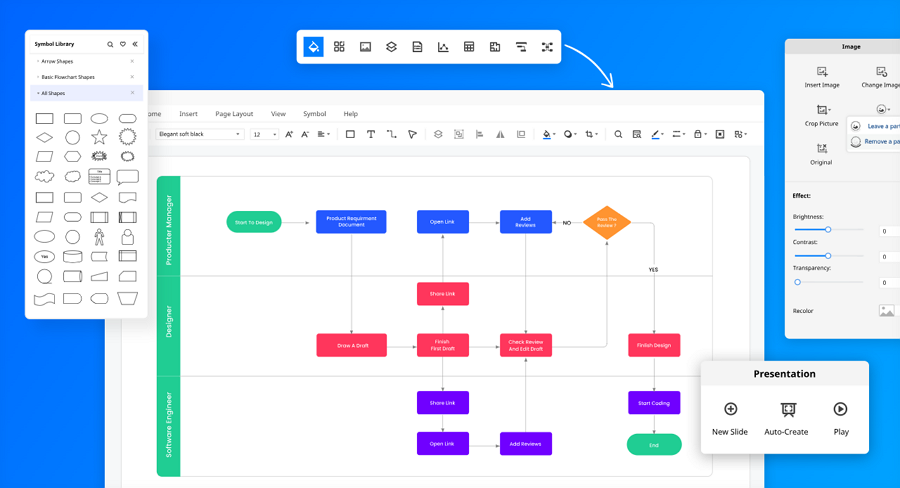
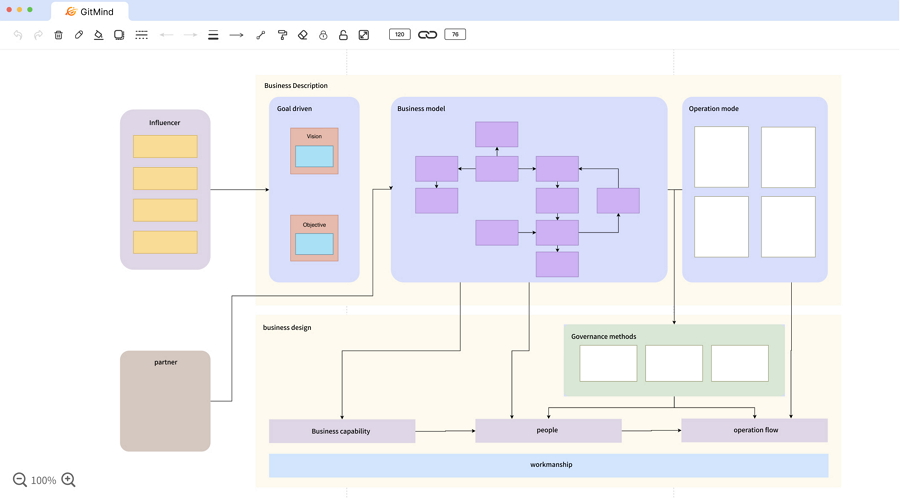
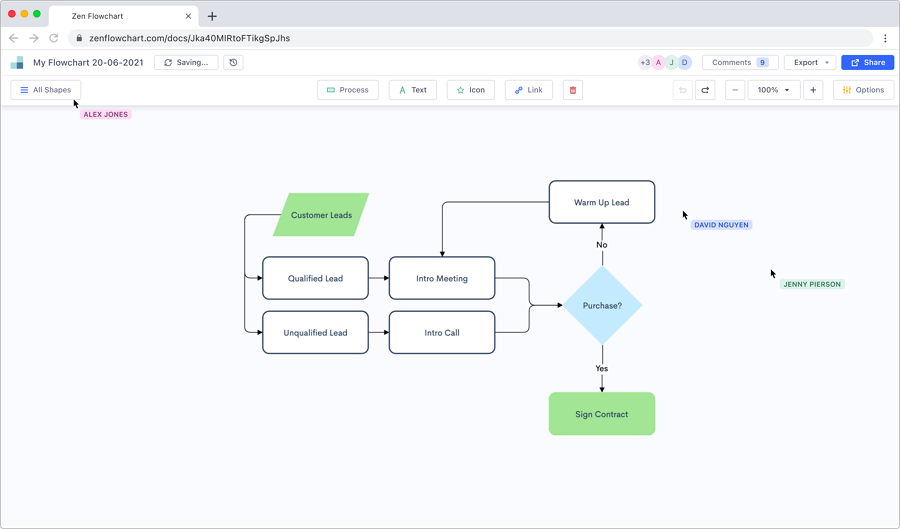

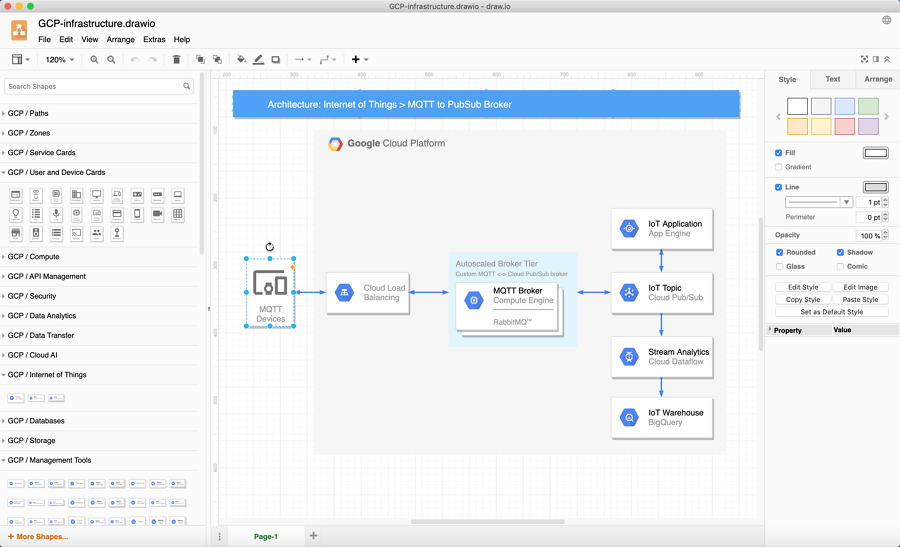
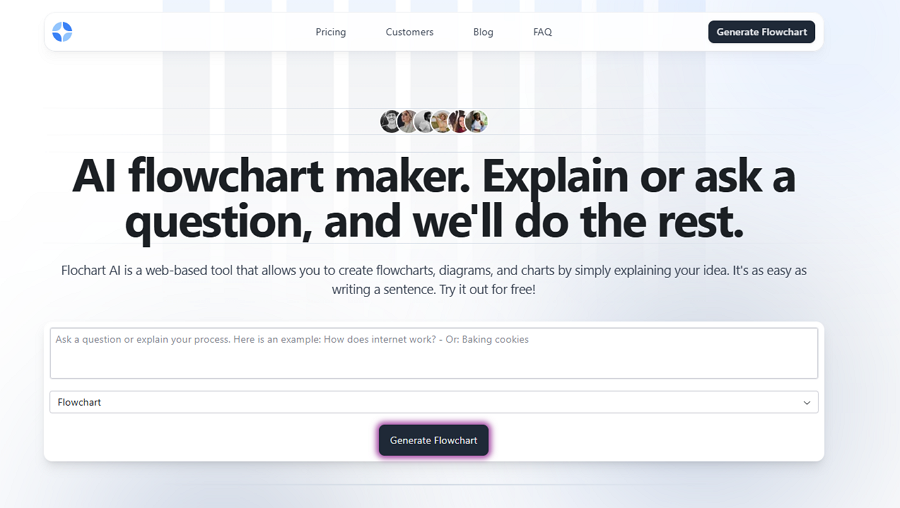
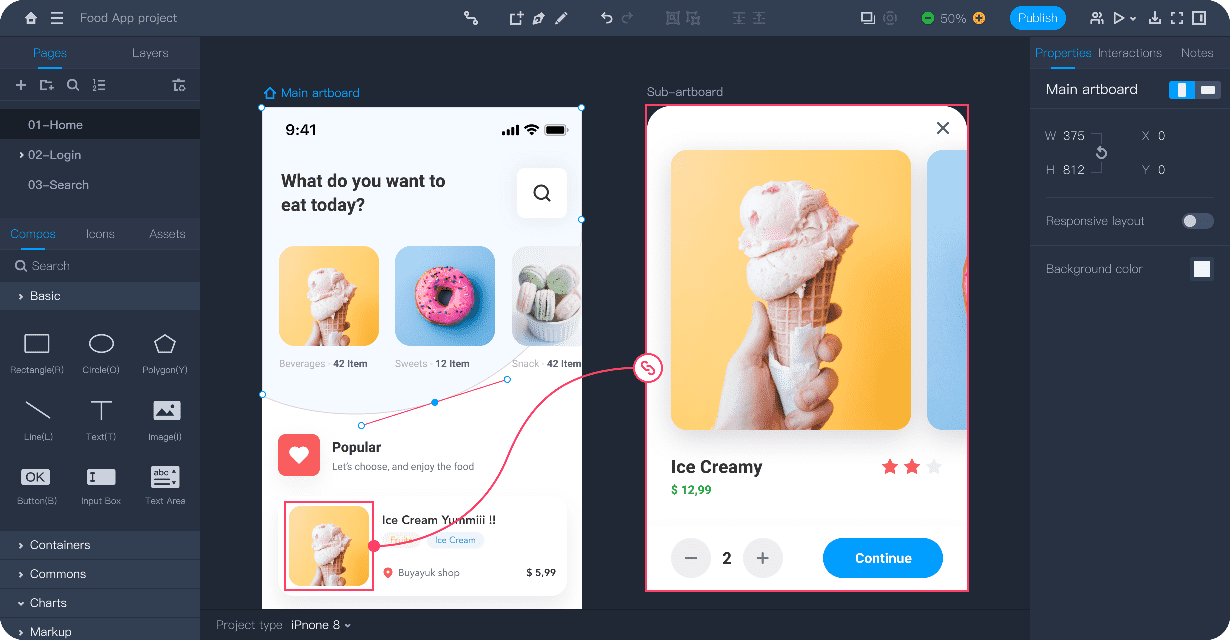
 Mockplus RP
Mockplus RP
 Mockplus DT
Mockplus DT
